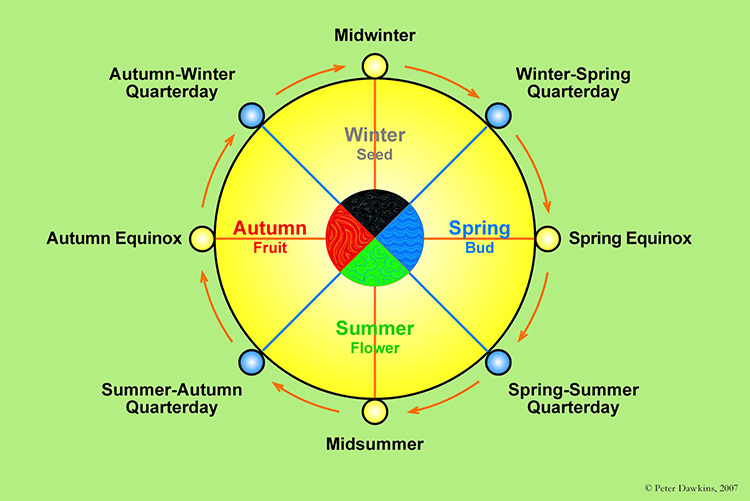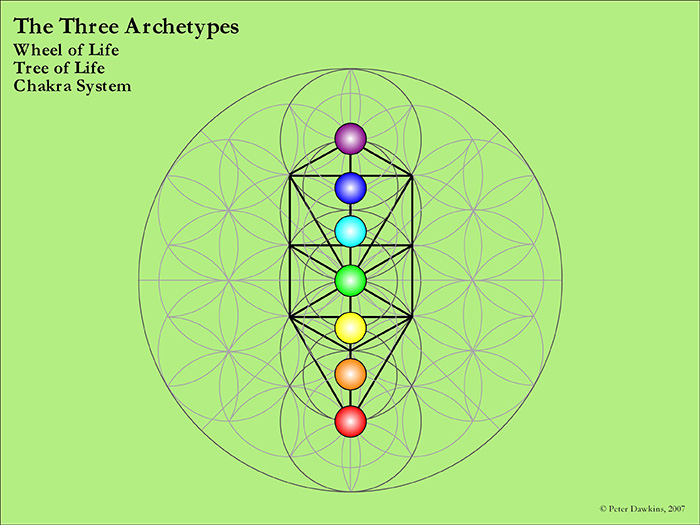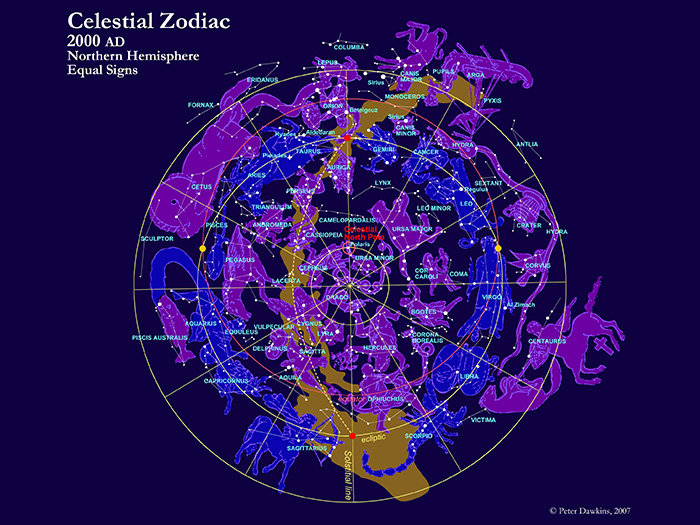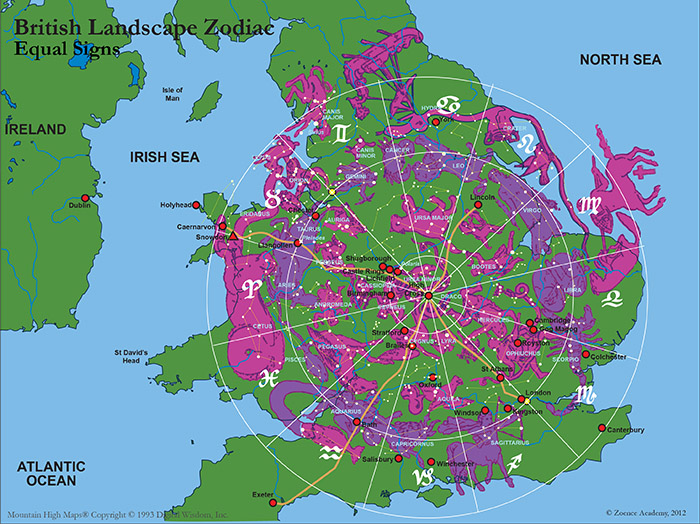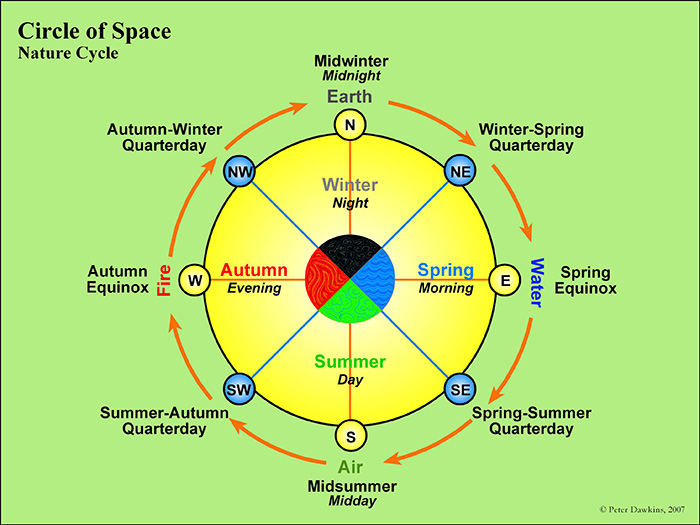Summer Solstice
Festival of Joy
21-24 June
The summer solstice marks the mid-point of summer and lightest time of the year, when the daylight hours are longest and the night-time hours the shortest.
In terms of observing the Sun at sunrise as the time marker, as the ancients used to do, the solstice occurs when the Sun (in the northern hemisphere) rises at the most north-easterly point that it will reach on any given horizon. The Sun will pause in its sunrise journey north and appear to rise from the same position on the horizon for three consecutive days. Likewise at noon the Sun will reach its highest elevation in the sky and appear, at midday, at that same elevation for three consecutive days. This is the summer solstice as anciently understood, and the term ‘solstice’, derived from Latin, means ‘Sun stand still’. Nowadays it is calculated exactly using astro-mathematics, and usually falls on 21 June.
When the Sun rises on the fourth day (i.e. the day immediately following the three-day solstice), its sunrise position can be observed to have moved on the horizon a little to the south (in the northern hemisphere), whilst its noon elevation will appear slightly lower in the sky. This heralds the reversal of the sunrise movement and the start of the gradual shortening of the daylight hours, thus a movement towards autumn and winter, and the waning of light. This fourth day (24 June), the culmination of the three-day solstice, is called Midsummer's Day and has been traditionally celebrated as representing the glory and majesty of light, whilst at its heavenly zenith, beginning its gradual descent into the dark underworld.
Whereas the midwinter festival has its focus for celebration on the family and hearth (or heart) of the home, the midsummer festival focuses its celebration on the greater community and hierarchy of rulership or divinity: hence in the Celtic-Christian tradition Midsummer's Day is when King Arthur and his Queen hold their annual feast with their knights and ladies of the Round Table.
The summer solstice and its culminating Midsummer's Day festival is one of the two poles of the year , its complementary polarity being the winter solstice and Christmas festival. In Christian tradition the two poles of the year are symbolised by the 'birthdays' of John the Baptist (24 June) and Jesus Christ (25 December), and by what are known as the two Baptisms, by water (John the Baptist) and by holy breath and fire (Jesus the Christ). In Freemasonic and an alternative Christian tradition these two poles of the year are represented by the two Johns, John the Baptist and John the Beloved. Midsummer's Day is known as St John’s Day (i.e. John the Baptist).
© Peter Dawkins
- Zodiac of Ages
- The Great Ages
- The Phoenix Cycle
- The Solar Breath
- The Grail Cycle
- The Great Festivals
- Solar Festivals
- Winter Solstice
- Winter-Spring Quarterday – Imbolc
- Spring Equinox
- Spring-Summer Quarterday – Beltaine
- Summer Solstice
- Summer-Autumn Quarterday – Lammas
- Autumn Equinox
- Autumn-Winter Quarterday – Samhain
- Lunar Festivals

